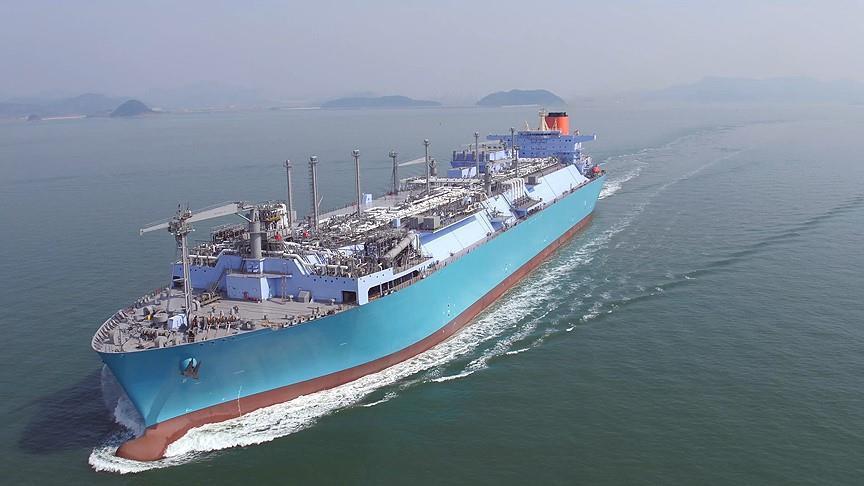Europe's gas infrastructure may not be able to accommodate the extra 77 billion cubic meters (bcm) of natural gas per year from Russia that is required by 2025, according to Wood Mackenzie late on Wednesday.
Wood Mackenzie's latest analysis showed this year that Russia is on target to deliver 200 bcm of piped gas into Europe, a figure which meets close to 40 percent of the region's gas demand.
It noted that Europe's import requirements are growing and Wood Mackenzie estimates it will need a further 77 bcm per annum by 2025, however, there are doubts that Russia's export capacity will be able to keep pace.
According to Wood Mackenzie, the problem is not that Russia does not have the sufficient export volume capacity, rather it is that infrastructure bottlenecks in Europe will limit Russia's export capacity, forcing European consumers to turn to LNG.
'Wood Mackenzie believes Europe’s LNG requirements will more than double by 2025,' said Hadrien Collineau, senior research analyst of gas and LNG at Wood Mackenzie.
'Europe's growing gas import dependency, coupled with constraints on Russian pipeline exports, mean that LNG imports will have to increase,' he said.
He added: 'On the face of it, Russia is well positioned to further increase flows to Europe, given it has existing pipeline export capacity of 257 bcm per annum. And it has started construction of two major pipelines: Nord Stream 2 and TurkStream.
'On paper, these two links could see Russia's pipeline export capacity to Europe reach 343 bcm per annum. But effectively, capacity to Europe will be much less, perhaps even as low as 235 bcm per annum.'
Collineau said the difficulties start at the Baumgarten natural gas hub in Vienna. Because both the Nord Stream 2 and TurkStream are designed to converge at the Austrian hub, there will be limited pipeline capacity at Baumgarten to deliver additional gas through Ukraine, even if Russia wanted it to.
'These capacity constraints will have an impact on all the export routes Russia uses to access European markets,' he said.
Collineau noted that Russia currently has 257 bcm per annum of export capacity to Europe, out of which 128 bcm per annum is Ukraine transit capacity.
'Nord Stream 2 and TurkStream add 87 bcm per annum of capacity but these links will make use of existing European infrastructure, which then limits the volume of gas that can transit Ukraine to 20 bcm per annum. Consequently, overall Russian export capacity to Europe will only increase to 235 bcm per annum,' he added.
'Arguably, additional pipeline capacity could be built to overcome these bottlenecks. A new pipeline in Germany could better link Nord Stream 2 to northwest Europe, instead of directing the majority to Slovakia, enabling more flows through Ukraine. Alternatively, Russia could choose to build additional pipeline strings on the Nord Stream or TurkStream routes to access Europe,' he explained.
Collineau said, for some time, northwest Europe has been regarded as the 'sink' of the global LNG market.
He said this might well be the case over the next two years as global LNG supply growth is set to exceed LNG demand growth in Asia, requiring Europe to absorb the excess supply.
'But beyond 2020, northwest Europe will need to compete in the global market to secure LNG imports - and at a time when the flexibility of Russian gas imports will be limited,' Collineau stressed.
By Murat Temizer
Anadolu Agency
energy@aa.com.tr


